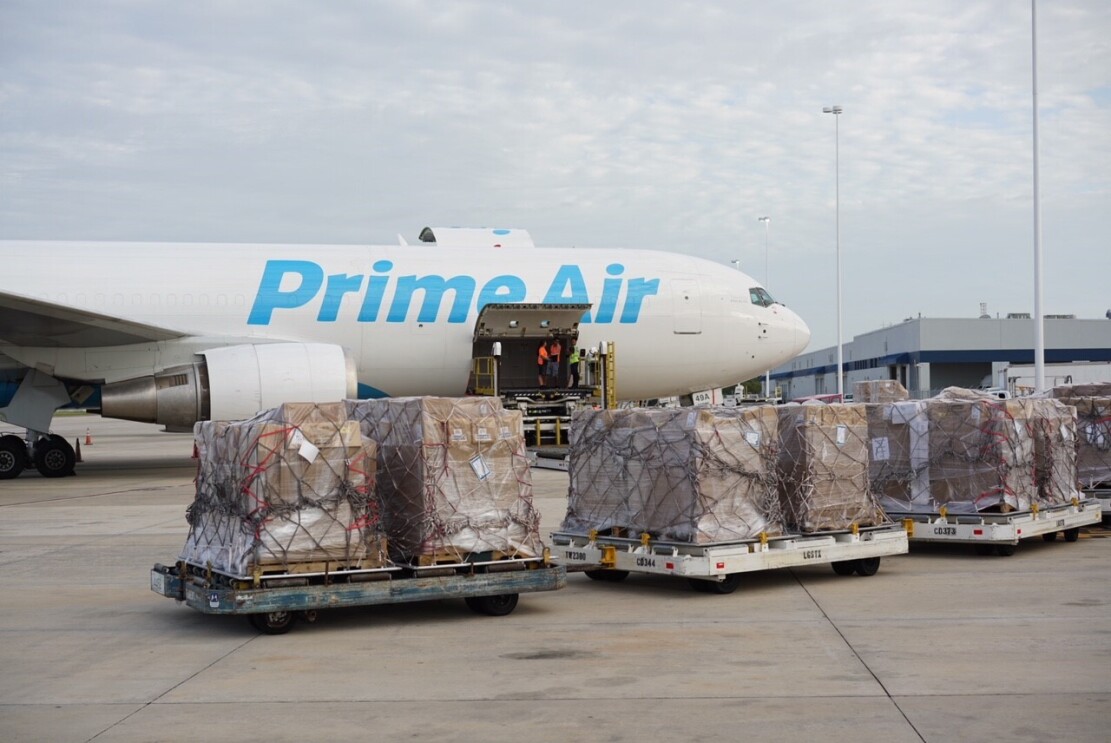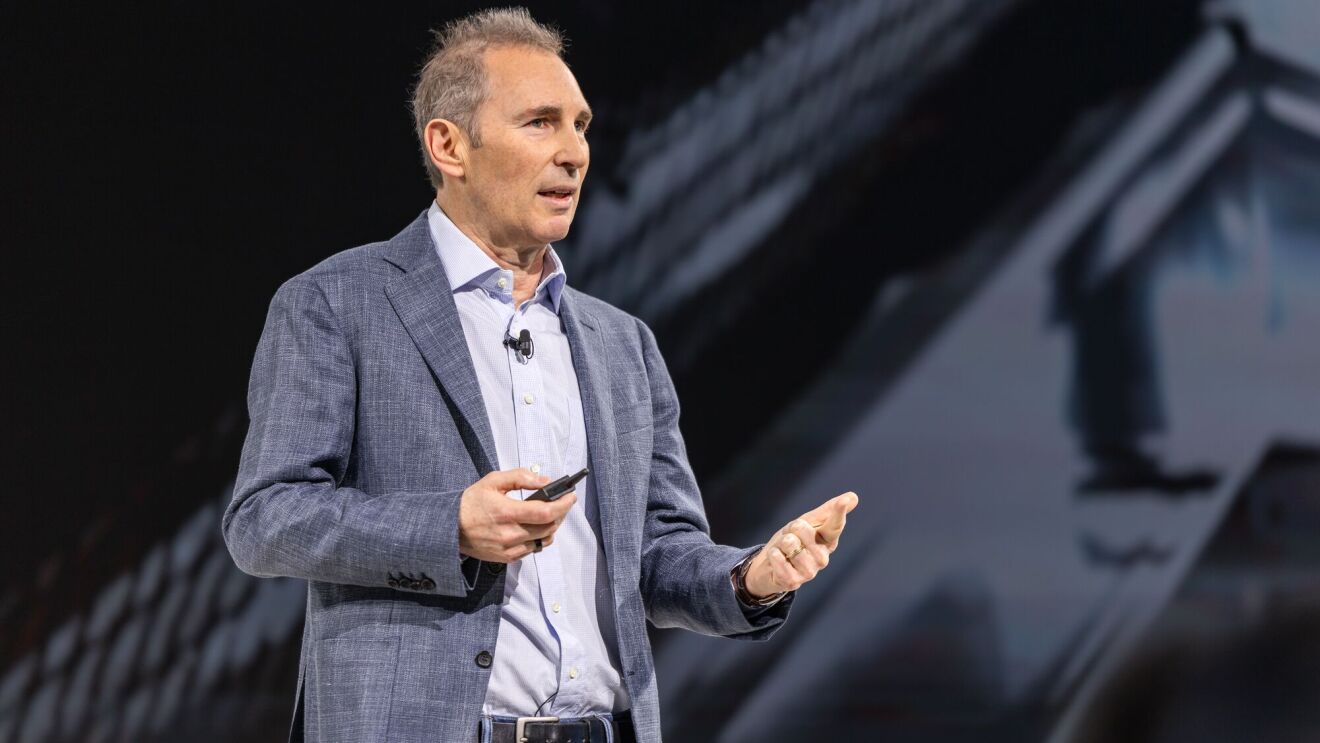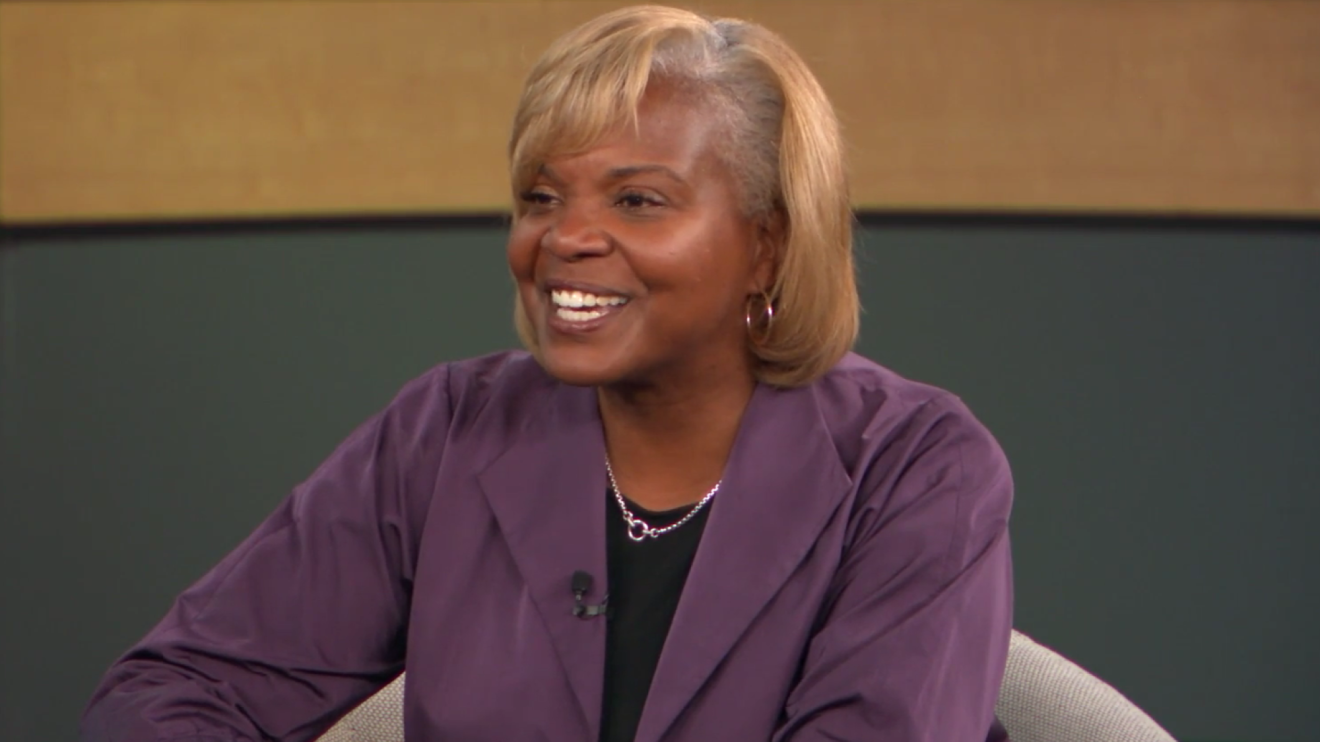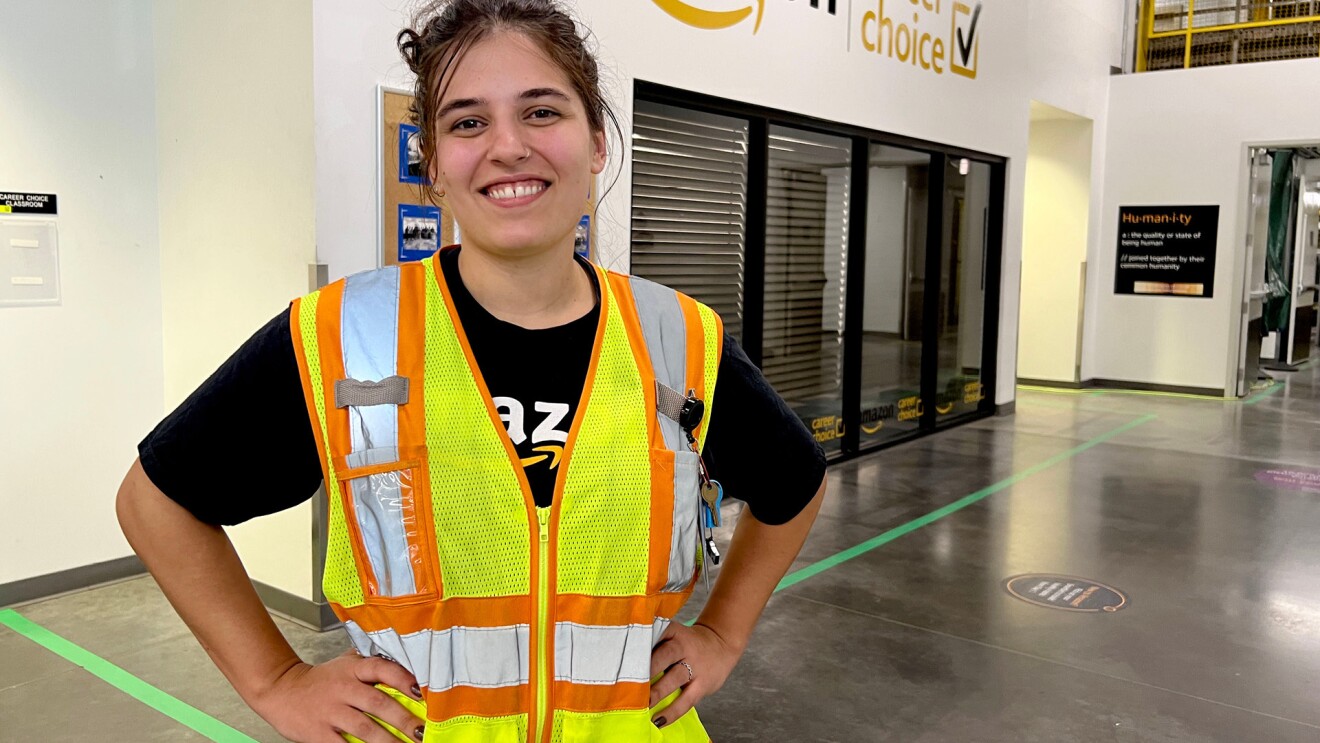Millions of people around the world have been impacted by natural disasters—from hurricanes and floods and earthquakes to tornados. To help, Amazon has leveraged our expertise in logistics and mobilized employees and customers to donate to the Red Cross and UNICEF through our homepage in countries around the world. These initiatives were made possible by the Disaster Relief team.
 Disaster Relief by Amazon head Bettina StixPhoto by JORDAN STEAD / Amazon
Disaster Relief by Amazon head Bettina StixPhoto by JORDAN STEAD / AmazonDRbA is the brainchild of Bettina Stix, an Amazon veteran who has been involved with leading the Amazon website teams in Germany and France. She has worked across the company supporting the product development for our international websites, driving worldwide customer service policies and knowledge management, leading product management for Prime benefits, and supporting expansion beyond delivery to launching Prime countries and technology.
What if we could look at our systems and capabilities at Amazon from a disaster relief perspective and leverage what has already been built for our core businesses for disaster relief, delivering a ‘second return on investment?’
Bettina Stix
We sat down with Bettina to talk about DRbA, and learn more about how Amazon is working to make the world better prepared for the next disaster.
How did you get the idea for Disaster Relief?
“I was wondering what role to take on next after Prime. I was going through a personal crisis of sorts at the time—my sister was terminally ill. In addition, my family’s history has been affected by the displacements after the Second World War, and I valued the power of altruistic support from early on. My personal life, my background, and my work experience at Amazon led to an epiphany: what if we could look at our systems and capabilities at Amazon from a disaster relief perspective and leverage what has already been built for our core businesses for disaster relief, delivering a ‘second return on investment?’”
Our customers and employees have repeatedly expressed interest in helping people impacted by disasters with more than cash donations. Our customers have begun creating wish lists on Amazon to collect in-kind donations for humanitarian needs. Amazon.de (Amazon's German operations) had launched a campaign with the Red Cross to help Syrian refugees, while customers in India have created wish lists to help people impacted by the flooding in Chennai.
How does DRbA leverage the power and scale of Amazon?
We already invest immense resources into logistics, payments, and digital technologies that can be used to deliver a more effective response than many other companies could do. We could do so much better by preparing for a disaster just like we would for a product launch – working backwards from the victims as our customers, identifying the partner network to enable successful delivery, programmatically preparing and running operations, and above all, building it on top of the platform capabilities that Amazon provides.

What can Amazon do that no one else can?
Our customers appreciate the wide selection and fast delivery at Amazon. In times of disasters, we are uniquely positioned to establish a quick ad-hoc supply chain to support relief efforts. For example, we sent our Prime Air planes with a full cargo load of humanitarian relief items to Puerto Rico and the U.S. Virgin Islands. When the Red Cross needed sifters to help victims find their valuables in the ashes of their houses after the Northern Californian wildfires, we were able to provide them with that relatively rare item. And on top of this, we can give our customers the opportunity to contribute through direct cash donations from their Amazon account and purchases from curated lists.
What have you learned from disasters to which Amazon has responded?
There were two big positive surprises: The amount of support our team received from employees around the company who volunteered their skills; and the generosity from our customers who donated through Amazon more than $5 million in cash and in-kind gifts to the causes of the Red Cross and UNICEF. Knowing that we could enable others to help was what made me proudest.
We would have loved to be of use to the efforts in many more ways, though effective help requires careful preparation and building relationships with those in charge of relief efforts. We continue to engage with authorities and relief organizations to explore how Amazon can do even more in the future.
What has been the biggest challenge for DRbA?
The biggest challenge has been the amount and rapid succession of unprecedented disasters. Our team worked around the clock from the moment Harvey was declared a Hurricane at the end of August to the beginning of November. The nature of our work makes scheduling and forecasting mostly unpredictable—just like it is for our colleagues at the relief organizations.
You can’t respond to every crisis. How do you decide when and when not to act?
If our employees are affected, if our customers care deeply, and if we actually have an effective way to contribute, we will respond.
What’s next for DRbA?
Not unlike other teams at Amazon, we strive to continually innovate. In our case we continue to explore how further we can leverage Amazon’s unique products and services for our cause. We had the privilege to collaborate with relief organizations at close range, and can now use that knowledge to create new ways to bring help to victims.
Trending news and stories









